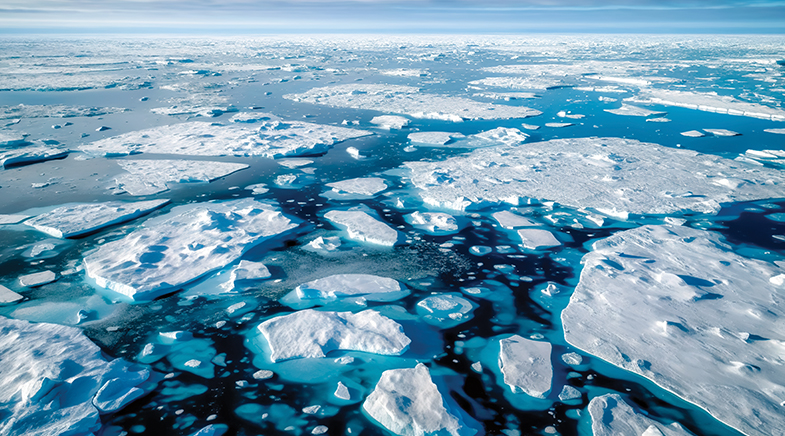Roll of honour for India@75
-
- from Shaastra :: vol 01 issue 04 :: Jul - Aug 2022

Work on this special edition of Shaastra began the way it does in all magazines. India is celebrating the 75th anniversary of its independence, and we initially wanted to look at 75 scientists and engineers who played a big role in building the country. Matching the occasion with the number of profiles is a typical media exercise – a gimmick, in fact, whose allure publications around the world find hard to resist. We, too, felt drawn to the catchy '75@75' tagline.
When we began the research, however, we realised that it would be impossible to limit the list to 75. We, therefore, expanded the list, driven purely by the merits of the case. The final list of men and women of science, engineering and technology who made it into this issue are those whose achievements were so exemplary that they could not be ignored. Within that, though, we had to make hard choices to provide representation to a variety of disciplines and fields. Our roll of honour offers a snapshot of the best of Indian science, engineering and mathematics practitioners since independence.
Although we are a science and technology magazine, and are acutely aware of developments in these fields, putting together this special issue taught us several things that would have been hard to learn otherwise. One of them was how rapidly Indians took to science and mathematics after the introduction of English education. In 1854, Charles Wood, the President of the Board of Control of the East India Company, recommended the setting up of universities to teach science and mathematics in the English language. By 1857, three universities were set up, one each in Bombay, Madras and Calcutta. It took just three decades after that for Indians to start making original contributions to science.
A Calcutta doctor, Mahendralal Sircar, founded the Indian Association for the Cultivation of Science in 1876. In 1894, J.C. Bose made the first demonstration of radio waves. In 1896, P.C. Ray published his first chemistry paper. The first three decades of the 20th century saw a flood of research in physics and mathematics, done by people of the calibre of Srinivasa Ramanujan, C.V. Raman, Meghnad Saha, and S.N. Bose. At the time of independence, India already had a presence in the world of science and mathematics. No European colony had achieved so much before its independence.
India's current scientific ecosystem was not built by accident: it was developed by a set of determined people with vision and strategy.
Considering this fact, many observers will be disappointed that Indians did not win Nobel Prizes and Fields Medals after independence. However, by the 1950s, Indian researchers had to face the reality of working in a country with limited resources and the massive burden of reducing illiteracy and hunger. And yet, despite the constraints that Indian institutions faced, a small subset of researchers managed to perform exceedingly well. They ensured that research remained at the cutting edge in many disciplines, even if their actual number was quite small by world standards.
In spite of the slow progress that Indian science made, it is possible to look towards the centenary of its independence with optimism. The past 75 years have demonstrated the resilience of Indian science and technology. A careful reading of the profiles in this issue would show that India’s current scientific ecosystem was not built by accident. It was developed with care by a set of determined people with vision and strategy. The resilience of the system is proof that this determination continues to the present day.
It would not have been possible for us to put together such a large issue, in such a short time, without help from a number of people in India’s scientific community. Many scientists and mathematicians helped us with information, photographs, and comments, with which we buttressed our own research. We thank them all.
The main aim of the rigorous exercise that underlies our Cover Story was to give the public a taste of what India has achieved in 75 years in the realms of science and technology. Science depends on public support, and it is imperative for us to know the benefits of investing in science. The special feature has taken up half of this issue, whose release had to be delayed a bit to accommodate the substantial additional work involved. However, we have not scaled back our regular content by much. Beyond our regular sections, we have stories on virtual reality, conservation in the Western Ghats, and the potential of mRNA technology.
Have a
story idea?
Tell us.
Do you have a recent research paper or an idea for a science/technology-themed article that you'd like to tell us about?
GET IN TOUCH














